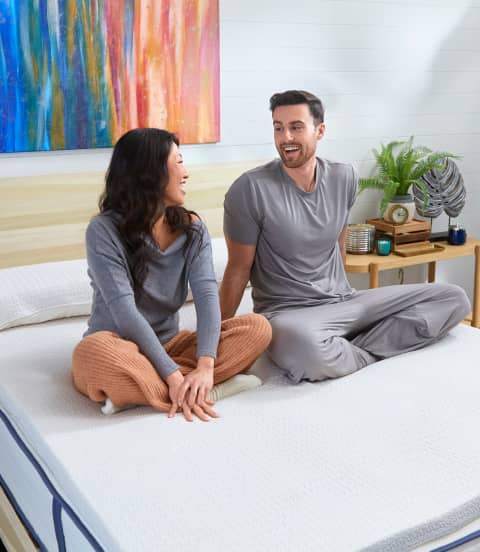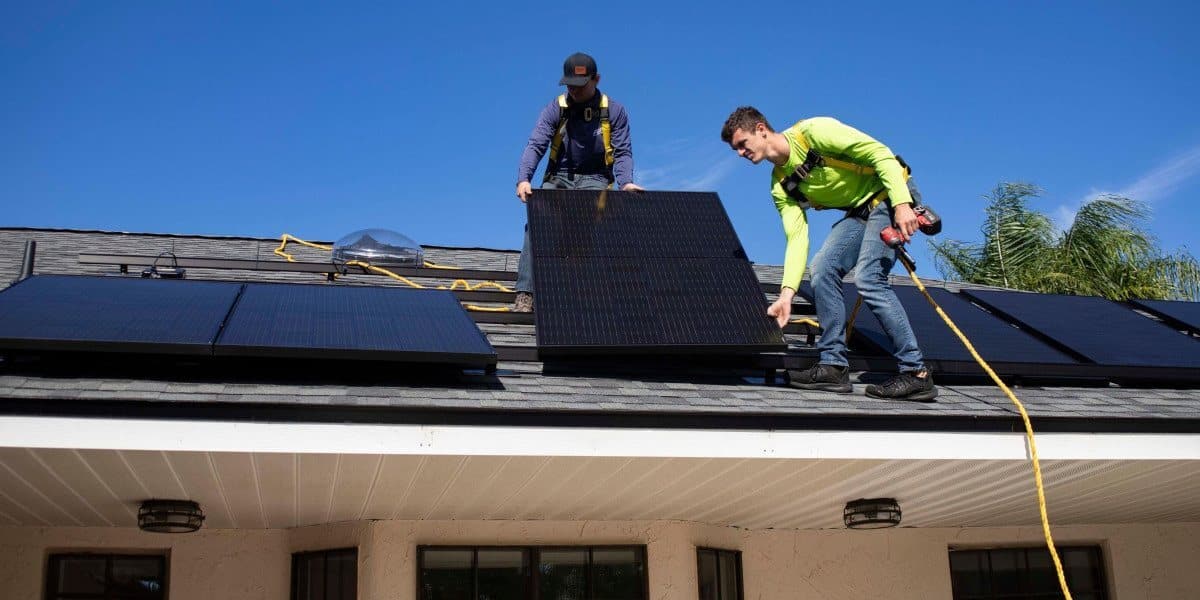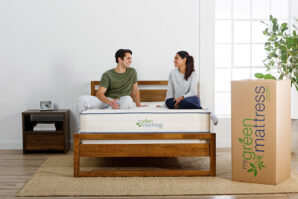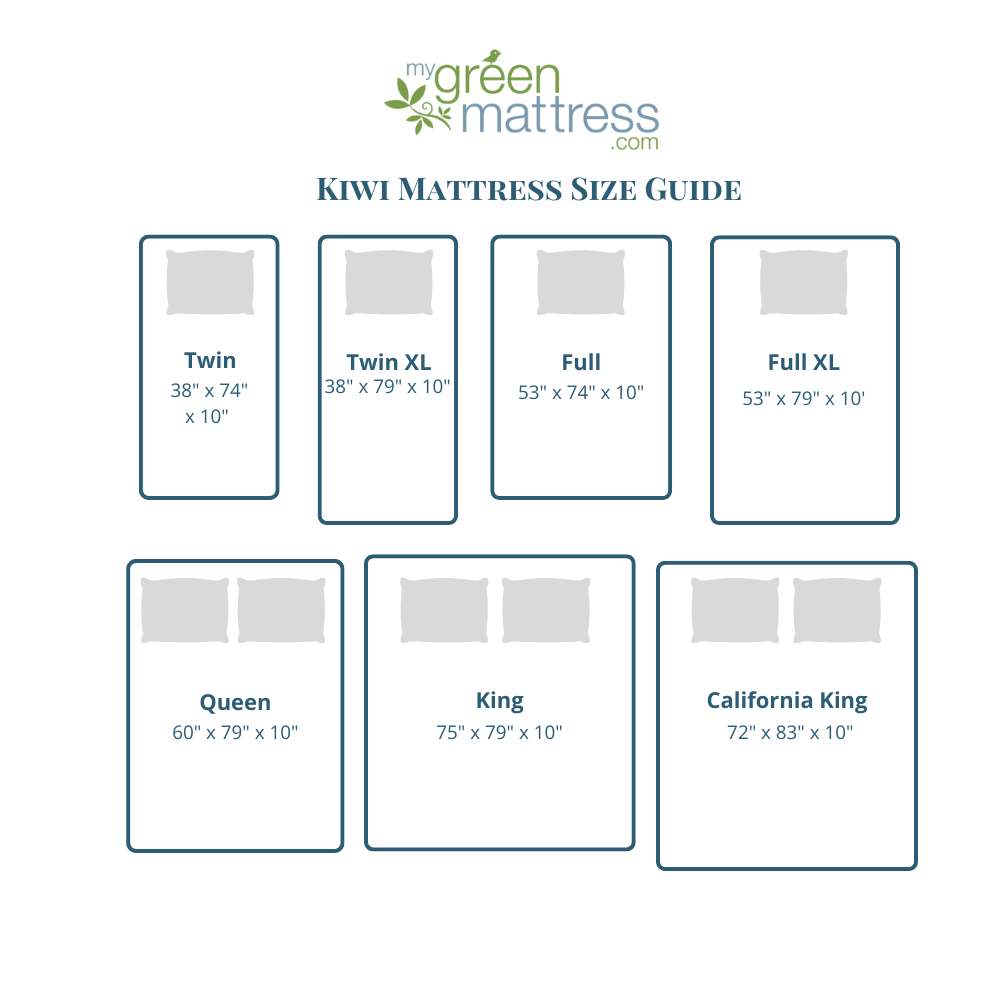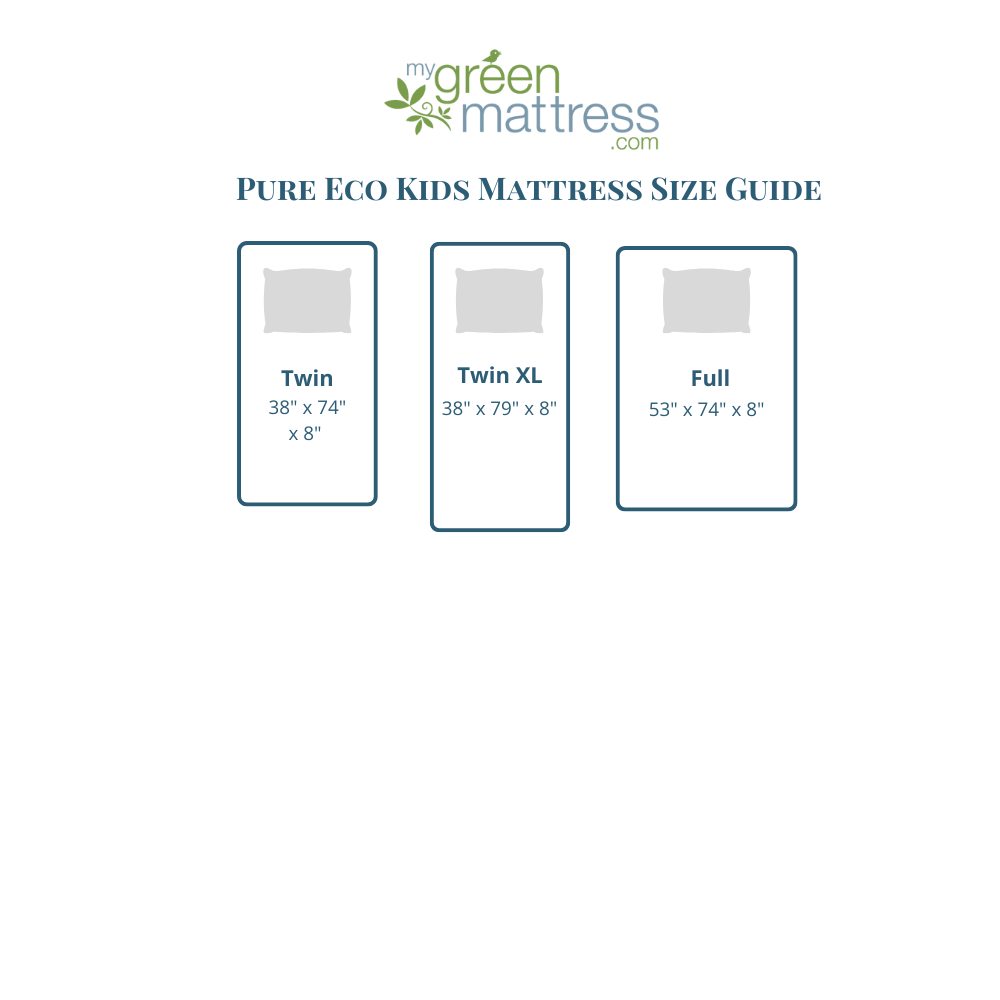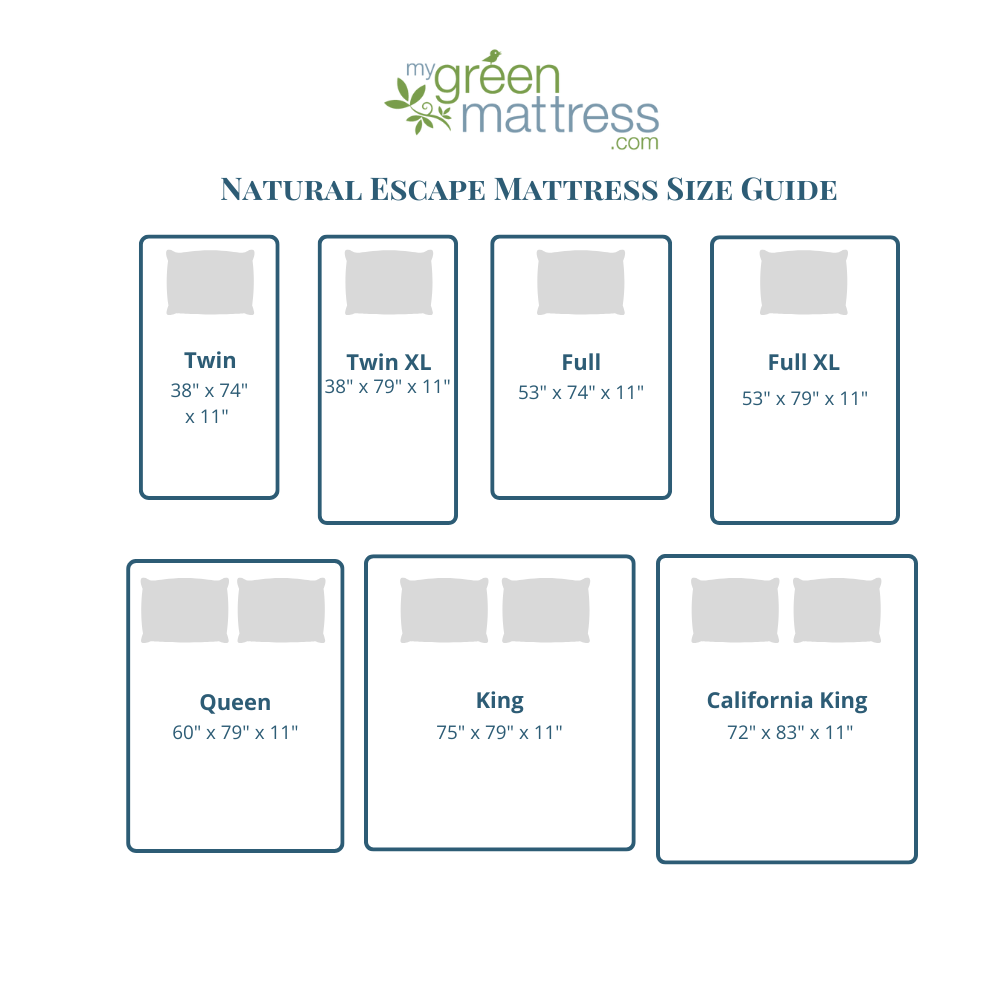Given the ongoing awareness of and interest in solar energy sources in the United States, many homeowners are looking for ways to reduce their electricity bills. Solar power has become a popular choice for millions of people, as it’s highly renewable and can be used to replace up to 100% of your traditional electricity sources if desired.
But have you asked yourself, “How many solar panels to power a house? Is it a realistic number, and how much does it cost to get installed?” We answer these questions and more to make the best decision for your home in this blog post.
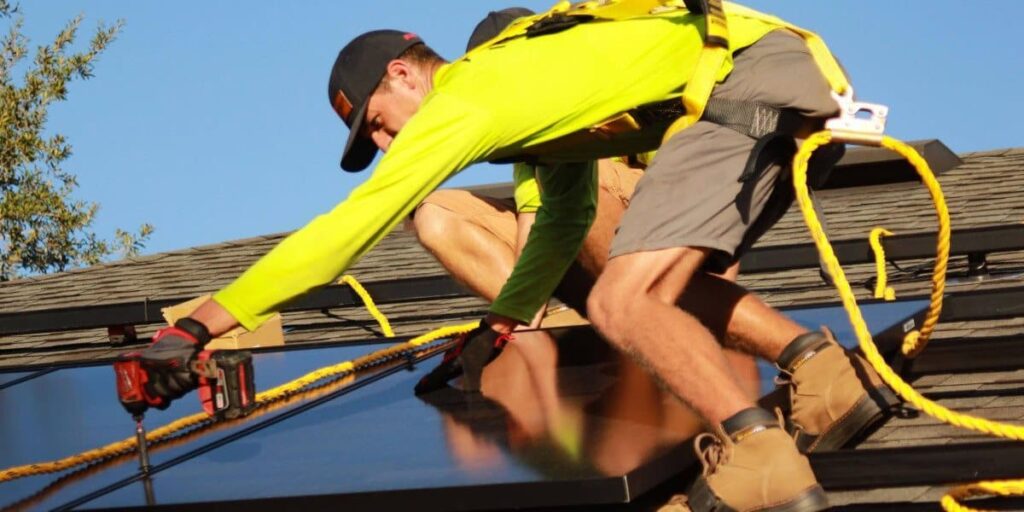
How Many Solar Panels Do You Need to Power a House?
An average-sized home in the United States (2,480 square feet) will need about 15 to 22 full-sized solar panels to completely replace traditional energy sources. That being said, the exact number of solar panels needed for your house depends on several other factors.
Those factors include the total square footage of your home, your typical electricity usage for one month, the efficiency of your solar panels, where your solar panels are placed, and any solar panel maintenance costs. If you haven’t measured these factors before, now is the perfect time.
Use these tips to measure each factor:
- Home square footage: First, measure the width and length of each room in your house (in feet). Second, multiply the width by the length. The result is your square footage.
- Typical electricity usage: You can find this in your current electricity bill. It will show you how much you used over the past month as well as your average per day. If you need specifics, request the complete bill or reach out to your provider’s customer service team.
- Where your solar panels are placed: Solar panels facing south end up receiving the largest amount of direct sunlight. If your panels are facing a different direction, changing them will maximize their efficiency and lower your total cost.
- Maintenance costs: After buying the panels, prepare for a government-approved inspection. Many areas in the US have mandatory solar panel inspections and typically cost $150, though it may be as low as $140 or as high as $450 (up to $1,000 for commercial projects). Budgeting the inspection cost into your solar panel plans ensures there are no surprises later on.
If rounded up, the average US household has three people in it. The average American individual uses roughly 900 kilowatt-hours (kWH) per month. That’s 2,700 kWh per household, per month.
The average solar panel under average conditions produces the equivalent of 0.26 kWh to 2 kWh per hour. Based on this, you’re looking at 10,384.62 hours on the high end of operation or 1,350 hours on the low end of operation to generate enough electricity to replace your entire monthly bill, with just one solar panel.
This proves why having multiple fully operational solar panels is necessary to partially or completely replace your traditional energy bill. By using at least 17 solar panels in constant operation, they can harness enough energy to replace your home electricity expenses in about one week.
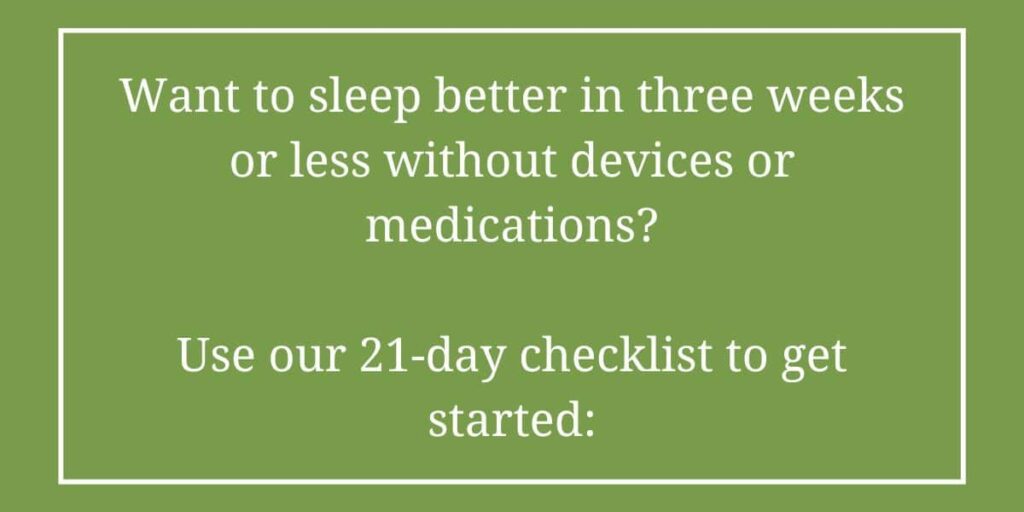
How to Get Solar Panels for Home
Once you know how many solar panels you need to power your home, the next step is learning where you can get them. Here are the best places to buy your solar panels from:
- Solar panel manufacturers / professional installation
- Local solar installers / third-party companies
- Home improvement stores
- Lowe’s Home Improvement
- The Home Depot
- Menards
- Self-install solar panel kits
Some of the highest quality solar panel brands include:
- Panasonic
- SunPower
- Qcells
- Canadian Solar
- REC Solar
- Silfab
- Trina Solar
- Windy Nation
If you’re purchasing solar panels without installation service or buying a self-installation kit, first make sure they’re compatible with your home’s electrical system. If you choose to have them installed by a professional, they’ll ensure the solar panels are properly installed and functioning well.
Regardless of which option you choose, make sure you buy from a reputable name and that the panels come with an industry-standard warranty or better. This provides peace of mind that your solar panels will last for many years and offer more convenient electricity for years, perhaps decades to come.
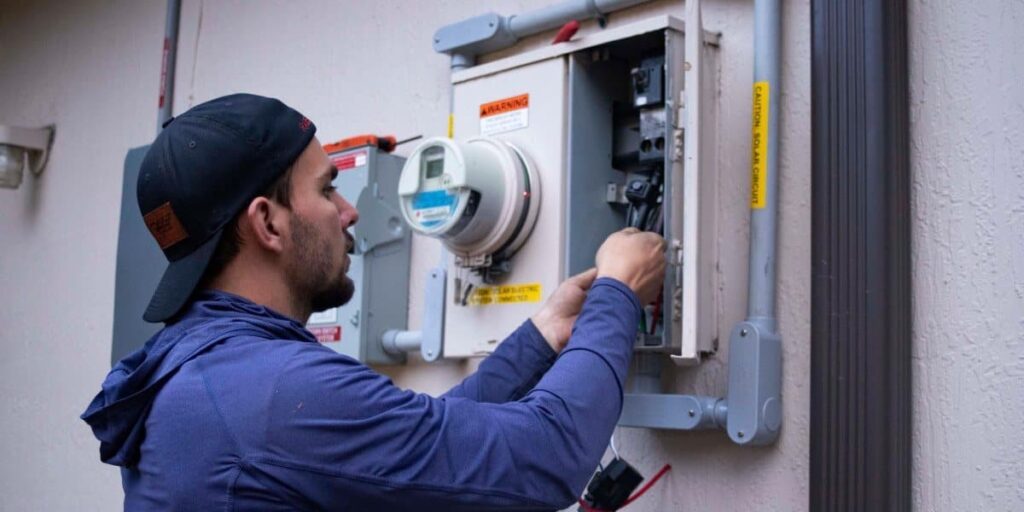
How Do Solar Panels Work on a House?
Solar panels use the energy from the sun to generate electricity. This electricity is then used to power your home and its appliances. Solar panels are typically installed on the roof of your home, where they can be exposed to the greatest degree of direct sunlight.
If you’re curious about the exact workings of solar panels, here’s a more detailed breakdown:
- Solar panels come with dozens of photovoltaic (VC) cells, which capture sunlight’s energy
- The PV cells convert this energy into electrical charges
- The electrical charges interact with internal electrical fields, which is a direct current (DC)
- The DC power is inverted into alternating current (AC)
- That power is transferred to your house’s electrical system, making it available for electronic appliances and devices
How Much Does One Solar Panel Cost for a House?
The cost of a single solar panel varies greatly, depending on the size, efficiency, and type of solar panel you choose. For a single, general purpose solar panel, you may pay anywhere from $99 to $1,000. For a robust, home-sized solar panel system, you’re going to pay anywhere from $15,000 to $30,000.
Self-install solar panel kits cost less because they provide less energy, are often portable, and don’t require advanced technical knowledge. Full-blown household solar panel systems cost thousands of dollars because they can replace your entire electricity bill with just one or two weeks of work. They’re also more time-consuming to set up.
In addition to the cost of the solar panel itself, you’ll also need to factor in the cost of installation. Most full-scale solar panel systems come with built-in installation costs, but in the event they don’t, you need to be prepared.
Professional installations can cost hundreds to thousands of dollars. Research typical costs in your area from leading providers to get a feel for how much you’ll need to invest.
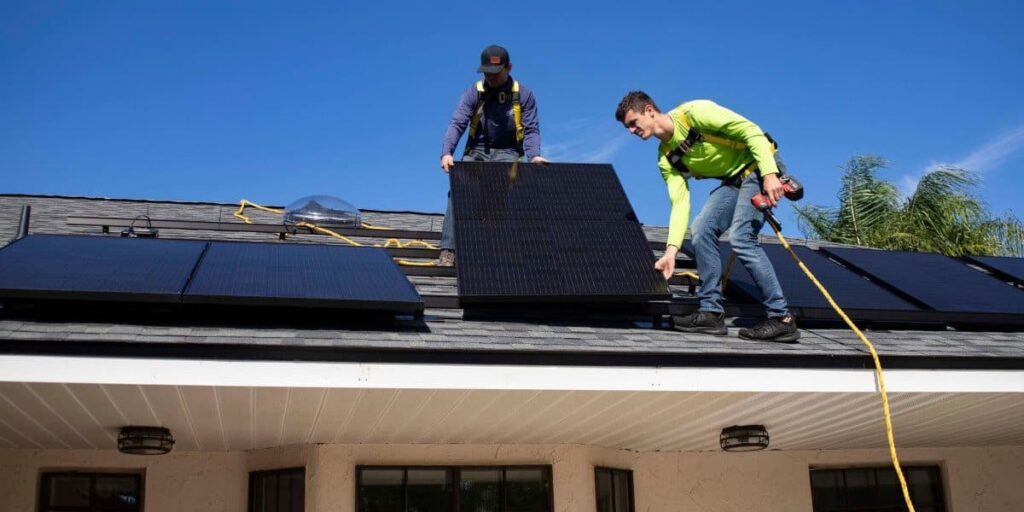
How Do I Calculate How Many Solar Panels I Need?
You can calculate how many solar panels you need with a few pieces of information. We created a formula to make it easier:
Number of people in household X average electricity usage per month (900 kWh) / solar panels with optimal kWh conversion = Number of hours one solar panel must operate to provide enough electricity
So:
4 people X 900 kWh per month usage / Solar panels producing 2 kWh = 1,800 operation hours with one panel
Then, divide 1,800 by the amount of solar panels you’re able to purchase. For many homes, 15 is enough but 20 or more is better:
1800 operational hours for one panel / 15 solar panels = 120 operational hours
1800 operational hours for one panel / 20 solar panels = 90 operational hours
Another way to look at it is the following:
Number of people in household X average electricity usage per month (900 kWh) / solar panels with optimal kWh conversion / amount of solar panels you’re buying = Peak operational hours required to meet electricity demand
This formula applied is the following:
4 people X 900 kWh per month usage / Solar panels producing 2 kWh / 20 solar panels = 90 hours each of your panels need to charge at peak sunlight hours
Bear in mind all of these formulas assume optimal sunlight hours only, and in real life, optimal sunlight isn’t occurring 24/7 for most regions. 90 hours is a little less than four days total, which is why most solar panel owners have them outside and operational 24/7. This allows your solar panels to gather sunlight whenever it becomes available.
Frequently Asked Questions About How Many Solar Panels You Need for a House
Deciding to invest in solar panels is not a swift or easy decision. This may have led to more questions, in which case, you’re in the right place. Check out these frequently asked questions about how many solar panels you need for a home and our answers now:
How Many Solar Panels Do I Need for a 2000 Sq Ft Home?
Since 2,000 square feet is smaller than the typical American home, you don’t need as many solar panels. You’ll likely only need about 10 to 17 solar panels to power your entire home each month.
How Much Solar Power Is Needed to Run an Average Home?
Most US households require anywhere between 2,700 to 3,000 kWh to power their home monthly, so you normally need between 15 to 25 solar panels to meet this demand. Homes, locations, family sizes, electricity usages, and power inversion requirements all differ, however, meaning your solar power needs depend on your individual situation.
Can You Run Your Whole House on Solar Power?
Yes, you can run your entire home on solar power as long as your electrical system is 100% compatible with enough solar panels for your annual electricity usage. Running an entire house on solar power takes a serious financial investment, some work, and regular maintenance checks, but it’s definitely possible.
What Are the 2 Main Disadvantages of Solar Energy?
The top two disadvantages of solar energy are the high costs to get started and the weather’s natural fluctuations. To have enough electricity to power a modern American household for even one month, you’re looking at a minimum of $14,000.
In addition, solar power is contingent upon great weather. It’s for this reason that anyone who wants to switch fully to solar power must also invest in a backup power generator. A lack of fresh sunlight coming in means you need a way to keep your home running despite different daily weather.
Can AC Run on Solar Panels?
Yes, air conditioners and portable AC units can run on power from solar panels, as long as your solar system is compatible with your home’s electrical grid. Many people have built entirely off-grid systems through 100% solar power.
Do Solar Panels Affect Home Insurance?
Home insurance providers respond in various ways to the addition of solar panels. Some providers consider solar panels part of the home since they’re integrated with your home’s systems and electrical box. Other providers view them differently because they’re a third-party tool and not always part of coverage.
If you want your solar panels to be covered under your home insurance premium, contact your provider to request a coverage limit increase. Keep in mind this usually means a slightly higher premium for you.
Solar panels are a major step towards a more eco-friendly lifestyle. Take one step further and invest in an organic, hybrid mattress for phenomenal sleep. Shop our certified organic mattresses now and make your home greener than ever!

